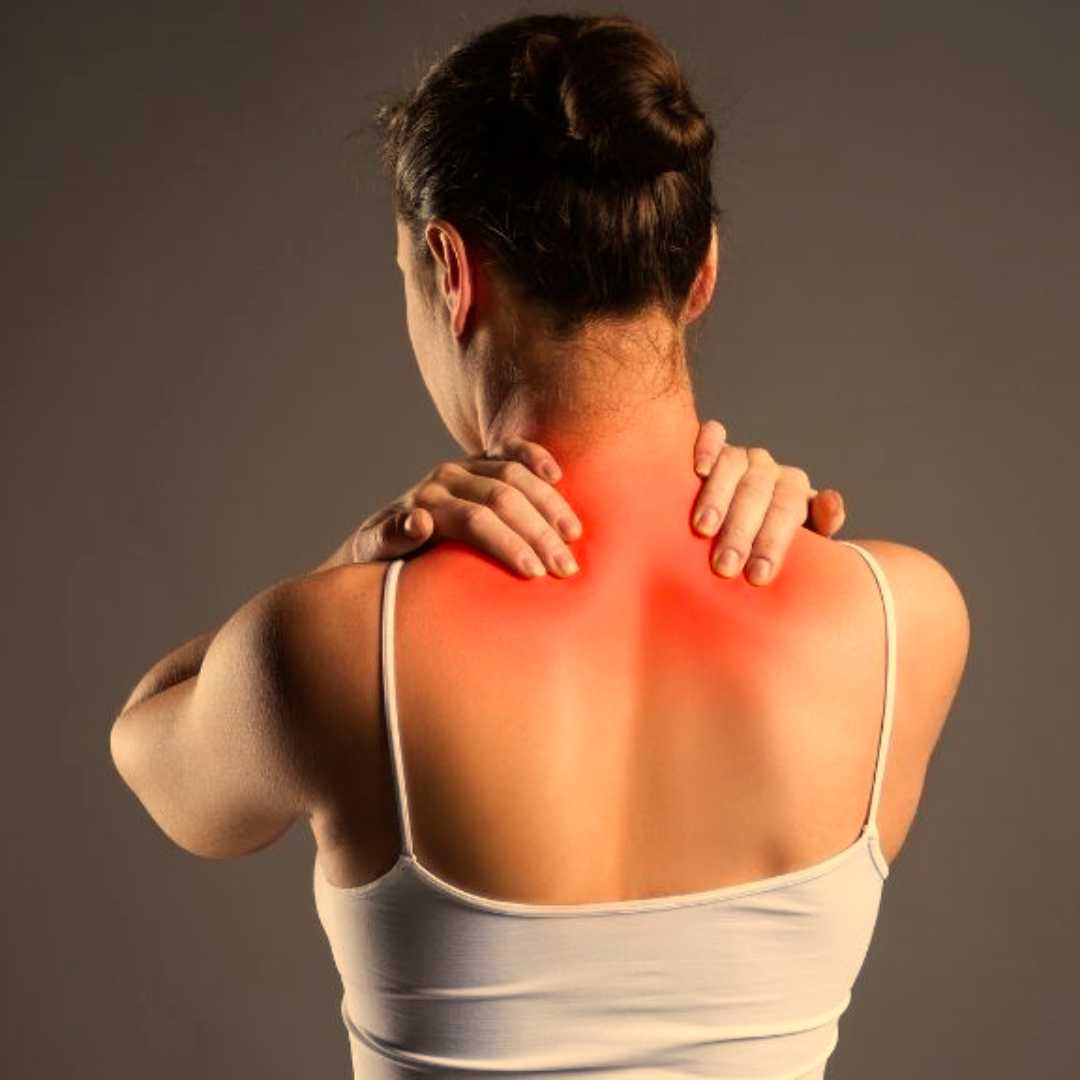
Effective Joint Pain Treatment: Comprehensive Options
Effective Joint Pain Treatment Near Me: Comprehensive Options for Litchfield Park, Arizona

© 2024 Crivva - Business Promotion. All rights reserved.